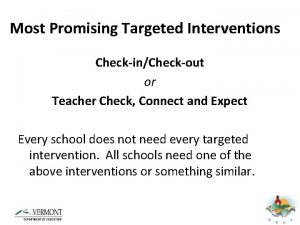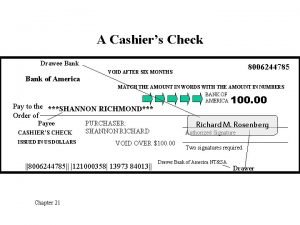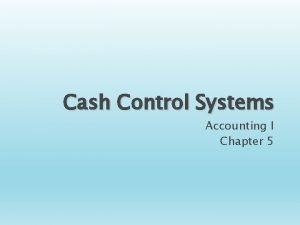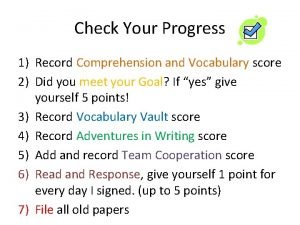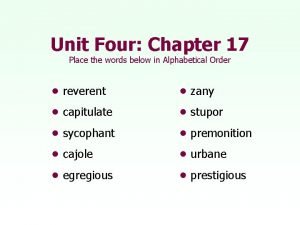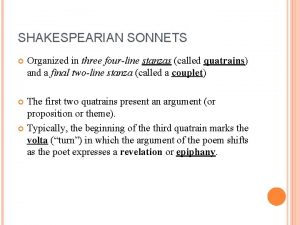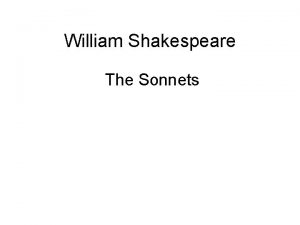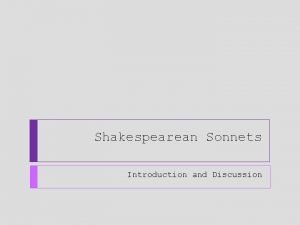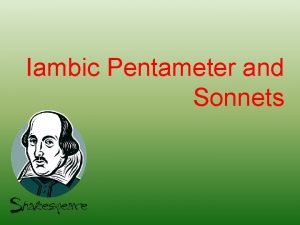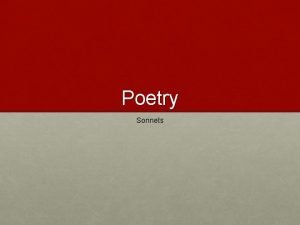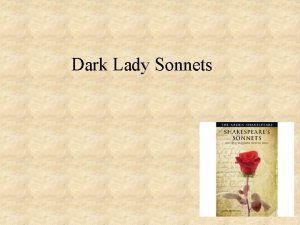SHAKESPEARIAN SONNETS CHECK OUT THE THREE SONNETS IN




















- Slides: 20

SHAKESPEARIAN SONNETS! CHECK OUT THE THREE SONNETS IN YOUR PACKET AND WORK WITH A PARTNER OR BY YOUR SELF TO DETERMINE THE SIMILARITIES ALL OF THEM SHARE.

SHAKESPEARE’S SONNETS

ABOUT SHAKESPEARE’S SONNETS: • He wrote 154 of them (!) • In his sonnets he focuses on love, lust, friendship, mortality, and immortality

THE FORMAT OF A SONNET • 14 lines • Lyric poems (short poems with one speaker expressing thoughts and feelings) • Rhyme scheme: • ABAB • CDCD • EFEF • GG • So three quatrains (three stanzas with four lines each where every other line rhymes), then one rhyming couplet (one stanza with two lines where those two lines rhyme)

RHYMES IN A SONNET • Uses both ear-rhymes and eye-rhymes • Ear-rhymes: rhymes in sound (like “increase” and “decrease”) • Eye-rhymes: rhymes in sight (like “compare” and “are”

SONNETS USE IAMBIC PENTAMETER • Each line has 5 metric feet with alternately unstressed and stressed syllables • Each line is ten syllables long • The accent is always on the second syllable • By “iambic”, it means the rhythm goes from an unstressed syllable to a stressed one • This happens in words like: divine, caress, bizarre, and delight • The underlying beat, then, is like a heartbeat

HTTPS: //WWW. YOUTU BE. COM/WATCH? V=I 5 L SUYUNU_4

PLEASE WORK INDEPENDENTLY TO COMPLETE THE SYLLABLES WORKSHEET

STRESSED AND UNSTRESSED SYLLABLES • This is what allows the same word or words to take on different meanings without a different sound.

DISCUS VS DISCUSS

PRESENT VS PRESENT

I SCREAM VS ICE CREAM

IT ALSO CAN BE THE DIFFERENCE BETWEEN AN AMERICAN ACCENT AND A BRITISH ONE

ALUMINUM VS ALUMINUM

METRIC FEET U U U Shall I| compare| thee to| a sum|mer’s day?

USE YOUR KNOWLEDGE OF IAMBIC PENTAMETER TO BREAK SONNET 18 INTO: • Metric feet • Stressed and unstressed syllables

READ SONNET 18 (FORGETTING ABOUT THE FORM AND RULES AND SUCH) WITH A PARTNER • And try to identify: • What is the subject of the poem? • What is the purpose of the poem? • How does the speaker feel about summer days? • How does the speaker feel about his/her lover? • What does comparing these two things allow this speaker to say?

READ SONNET 130 WITH A PARTNER • And try to answer: • How is this poem drastically different than Sonnet 18? • Why does the speaker explain his/her love in this way? • How is the couplet different from the rest of the poem?

TONAL SHIFT IN POETRY • Poems are exploration of life and love and experience! They are often written to portray, not just a realization or understanding, but also the journey a person must take to reach that realization or understanding. • What do the first three quatrains say, and then what does the last couplet say?

READ SONNET 29 INDEPENDENTLY AND IDENTIFY (IN THIS ORDER): • What emotions this speaker feels throughout the poem • The tonal shift • The message Shakespeare might be sending through that journey and shift • The metric feet • The stressed and unstressed syllables
 Behavior check in check out sheet
Behavior check in check out sheet Behavior check in check out sheet
Behavior check in check out sheet Check in check out behavior intervention
Check in check out behavior intervention Check in check out system
Check in check out system Checkin checkout system
Checkin checkout system Check-in check-out intervention
Check-in check-out intervention You're my kryptonite metaphor
You're my kryptonite metaphor Jobbank
Jobbank Polygonal check and raster scan check are types of
Polygonal check and raster scan check are types of Quickchek menu
Quickchek menu Endorsement
Endorsement Check your progress 1
Check your progress 1 Pengertian city ledger adalah
Pengertian city ledger adalah How to fill out the back of a check
How to fill out the back of a check Le fasi del check out
Le fasi del check out Put the words below in alphabetical order
Put the words below in alphabetical order Put out the light and then
Put out the light and then The buzz saw snarled and rattled in the yard
The buzz saw snarled and rattled in the yard Out of sight out of mind quote
Out of sight out of mind quote Personification in mending wall
Personification in mending wall Loto safety talk
Loto safety talk

